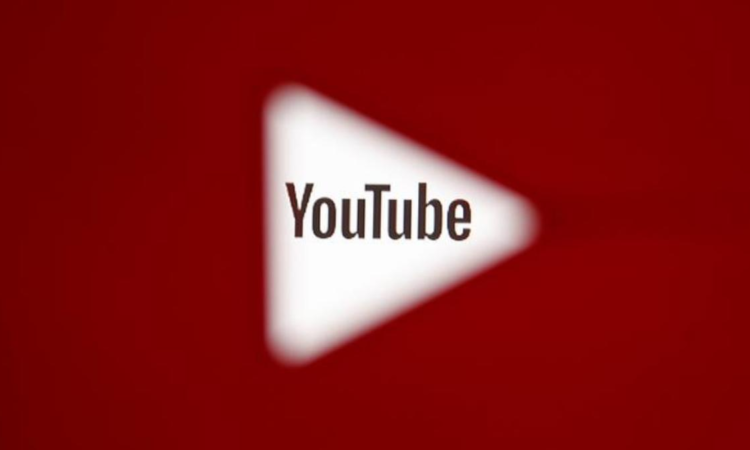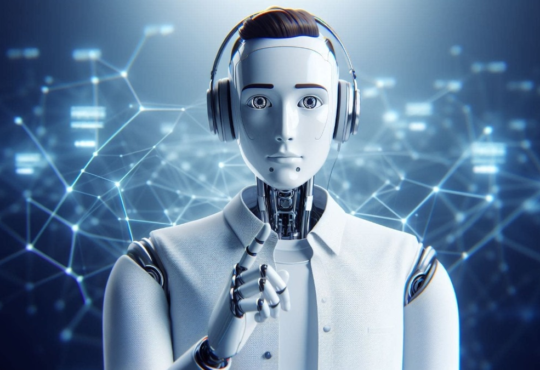
Listen to Story
May be you know YouTube because you watch the latest Bollywood songs on it. Or may be you go on the site to see the latest gadget unboxing videos, latest stand-up comedy shows, latest news you get the idea. There are millions, though, who use YouTube for tutorials that help them in their studies. So big is this demand for quality tutorials and so many educators are nowadays using YouTube to reach out to their audience that earlier last week Google, which owns YouTube, hosted its second edition of EduCon in New Delhi.
The one-day summit brought under one roof over 200 creators who make videos explaining subjects, course contents as well as help Indians learn English – very popular – and prepare for competitive exams.
The growth for “study material” on YouTube has been largely organic. But its popularity has been now noticed by Google and the company is now beginning to encourage it, shape it in the right direction.
At the one-day event, YouTube announced that eight Indian creators were being awarded with the YouTube Learning Fund to develop high-quality educational content for YouTube. This would include topics such as English Language training, environmental science, political science, calculus, genetics and chemistry in English, Hindi and Tamil.
To recall, YouTube CEO Susan Wojcicki had announced a $20 million fund for YouTube Learning last year as a part of which the video-sharing platform would support creators who create multi-sessional educational content for the company.
The content creators who have been awarded with the YouTube learning fund are: ExamFear Education Hindi, Learn Engineering, Don’t Memorise, Study IQ Education, D’art of Science, Learnex – English Lessons Through Hindi, GetSetFlySCIENCE, and Let’s Make Engineering Simple. Many of these channels already have millions of followers.
Don Anderson, Head of Family and Learning, YouTube APAC, who was in India on the sidelines of EduCon New Delhi 2019 told India Today Tech that a combination of content, community and platform is how YouTube was focussing on bringing high-quality educational content to its viewers. “When we look at it globally in terms of what we are trying to build and enhance here, we look it across content, community and platform. And our investments have remained and the efforts that we are putting into this are to support each of these pillars,” Anderson told India Today Tech.
“We had EduCon as a big pillar for creators to get together and connect so that is to build the community. The next is the content, which of course supports the creators too. So last year we announced the Learning Fund and number of Indian creators were recipients of it. The Learning Fund was really a call for proposals to look at how to produce or how we could fund the production of high-quality multi-session content,” he added.
To highlight the educational content, YouTube has also brought a new feature called Learning Playlist. One interesting feature of the Learning Playlists is that the watch page of these playlists will not show any recommendations, allowing viewers to focus on the concepts that they are learning instead of getting distracted by other videos.
As far as India is concerned, Indian creators have contributed a significant amount of content to the learning playlist. “India has contributed 98 lessons in learning playlist and Indian creators contributed 10 of those learning playlists. And those 10 playlists came from four of the creators that we funded,” said Anderson.
Fake information is a big problem on social media sites and with YouTube focusing exclusively on high-quality educational content, it is important that the videos contain genuine information.
“We have quality control. We have content guidelines and policiesThere are several different areas that we look at. The policy that we spell out and the announcements around that for one and very detailed guidelines. We rely on algorithms obviously. Those are trained by humans to ensure that that quality is maintained. Big part of this is workshops. Engagement like EduCon and I say the last bit is the community itself. I mean the community are your fact-checkers,” said Anderson. “They (creators) have to appeal to the audience. The audience will come back and let you know if you are right or wrong. So there are a lot of checks and balances in play.”







